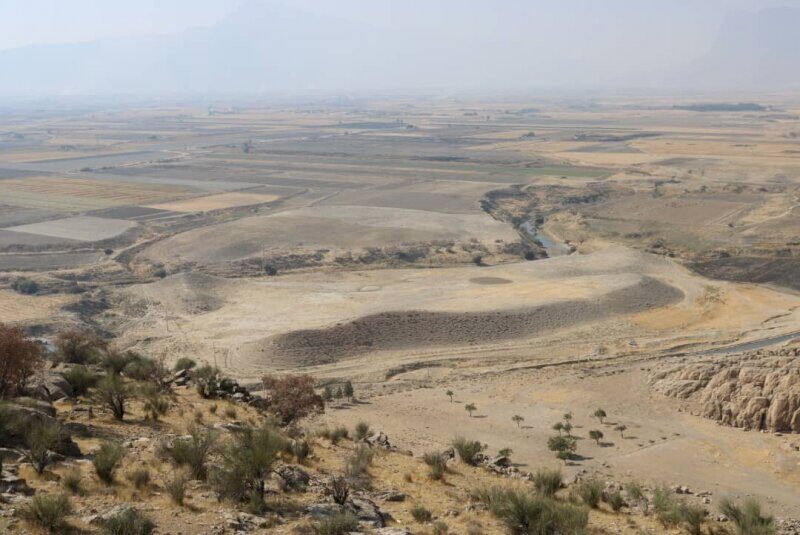OF THE
TIMES
I've had enough of someone else's propaganda. I'm for truth, no matter who tells it. I'm for justice, no matter who it's for or against. I'm a human being first and foremost, and as such I am for whoever and whatever benefits humanity as a whole.
Data shows very clearly that CO2 follows temperature, albeit with a slight lag. The science is already settled, 'global warming', 'climate...
Perhaps some people may understand now why the Zionists have said long ago: constant remembrance of the holocaust is necessary in order to bring...
This should pinpoint some things [Link]
Well the Israelis are doing a pretty good job of chanting slogans Like Kill all the Gazan's and kill all the Iranians. What's the difference. The...
"To The Last Ukrainian" Sep, 2023 . [Link]
To submit an article for publication, see our Submission Guidelines
Reader comments do not necessarily reflect the views of the volunteers, editors, and directors of SOTT.net or the Quantum Future Group.
Some icons on this site were created by: Afterglow, Aha-Soft, AntialiasFactory, artdesigner.lv, Artura, DailyOverview, Everaldo, GraphicsFuel, IconFactory, Iconka, IconShock, Icons-Land, i-love-icons, KDE-look.org, Klukeart, mugenb16, Map Icons Collection, PetshopBoxStudio, VisualPharm, wbeiruti, WebIconset
Powered by PikaJS 🐁 and In·Site
Original content © 2002-2024 by Sott.net/Signs of the Times. See: FAIR USE NOTICE

Principal Center: Zoroastrianism disappeared in Persia after the Muslim invasion of 637 C.E. About 10,000 survived in remote villages in Iran, but over the centuries many sought religious freedom in India.
The people who professed new doctrine were called Pharisees = Persians. Zarathushtrians [Zoroastrianism] have influence on the Dead Sea Scrolls, they have been unanimously accepted by historians.
A true government name must be in one accord with religion and perfectly unionized with Muslim maxim. This idea did not come from a muslim legislator but is outlined in a Pahlavi book the Dinkard. The idea of Theocracy and undoubtedly the Khilaafat [caliphate] thus are influenced by Zarathushtrians.
Moreover, Sufism is the salt of the Islamic world, it is also a product of the Persian Zarathushtrian spirit = Pharisees. Apart from the mention of the king Darius and the king Cyrus as Zulqarnian, amongst the brotherhood of Prophets. The koran = (quran) has a very little mention of the Zarathushtrian faith. It may be justified by saying that the Prophet of Islam had received some direct influence from the Zarathushtrianism.
Yet the influence was more prevalent in its cultural sphere. One of the associates of Prophet Mohammed was a Zarathushtrian High priest, Dastur Dinyar. His name was later changed to Salman-al-Farsee. He was regarded by the Prophet as Ahal-al-Bait, meaning “of the family of the prophet”, which consider a member of his spiritual circle. He had widely traveled in Syria, Mesopotamia and had a profound knowledge of Judaism, Christianity besides Zarathushtrianism. It is highly probable that Prophet Mohammed was influenced by Zarathushtrianism through him.